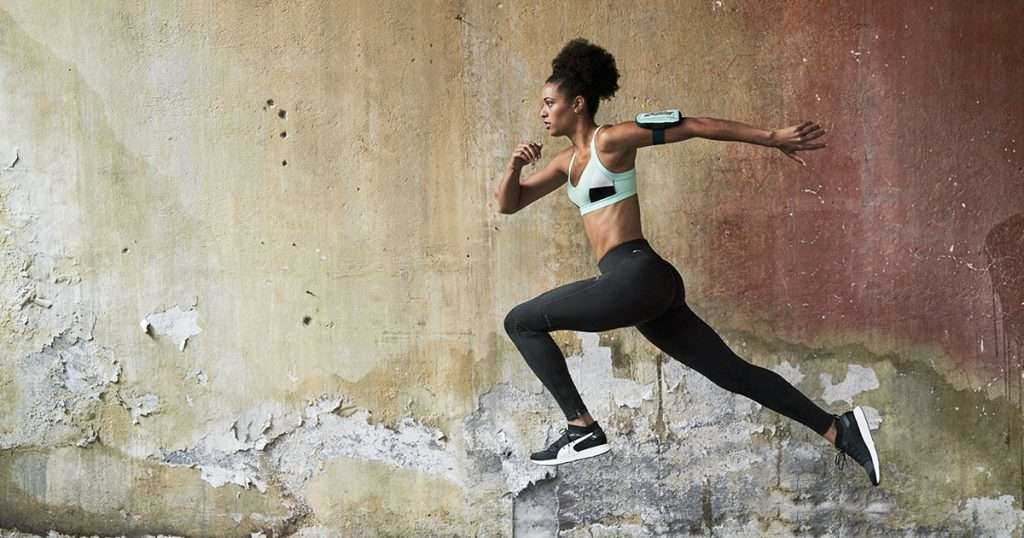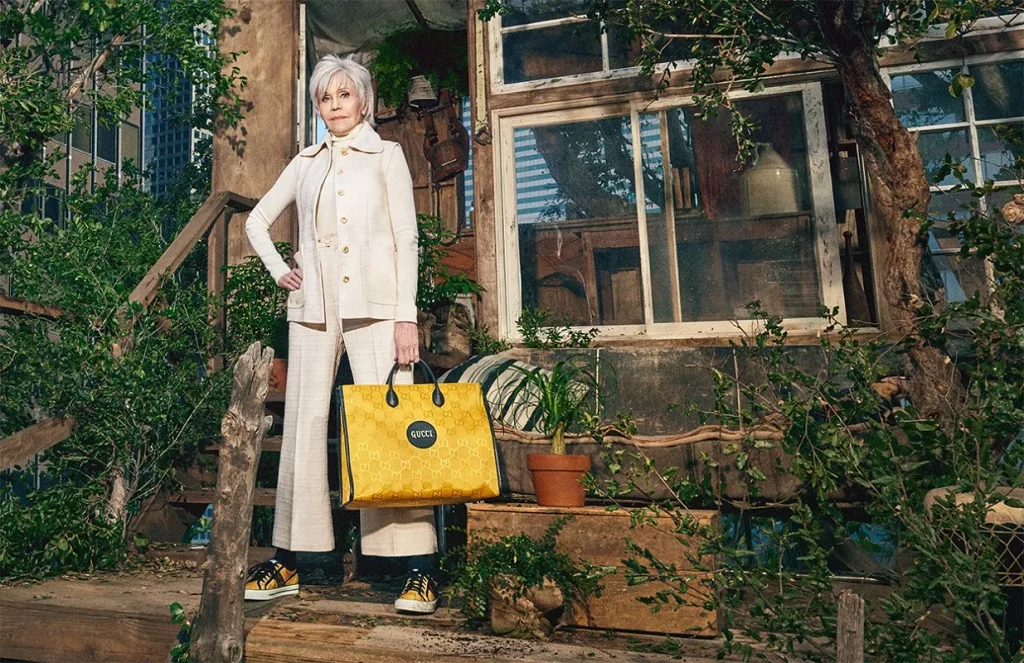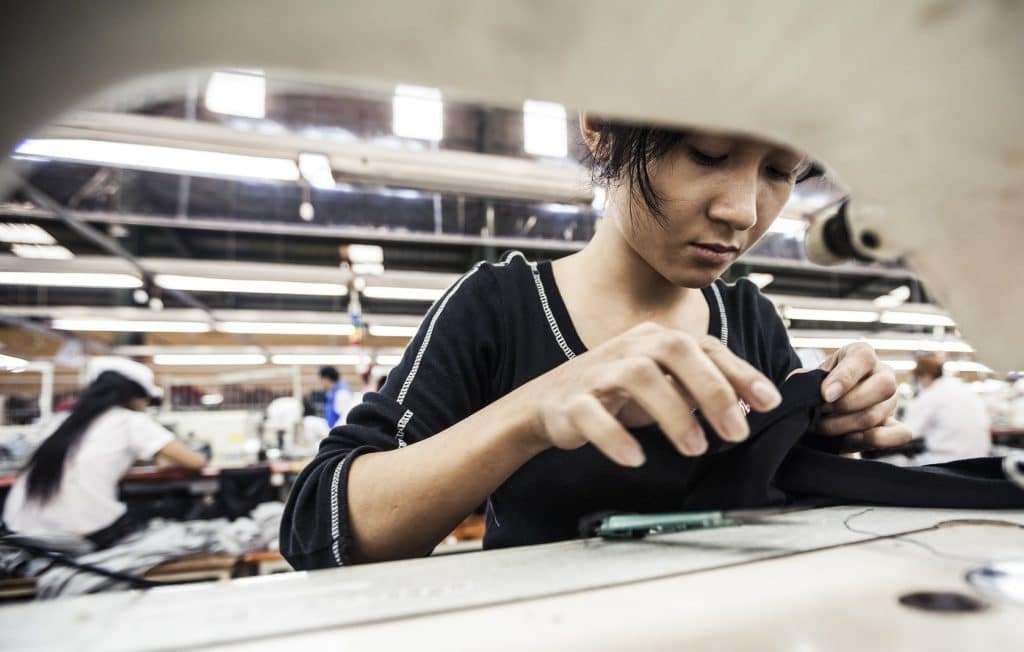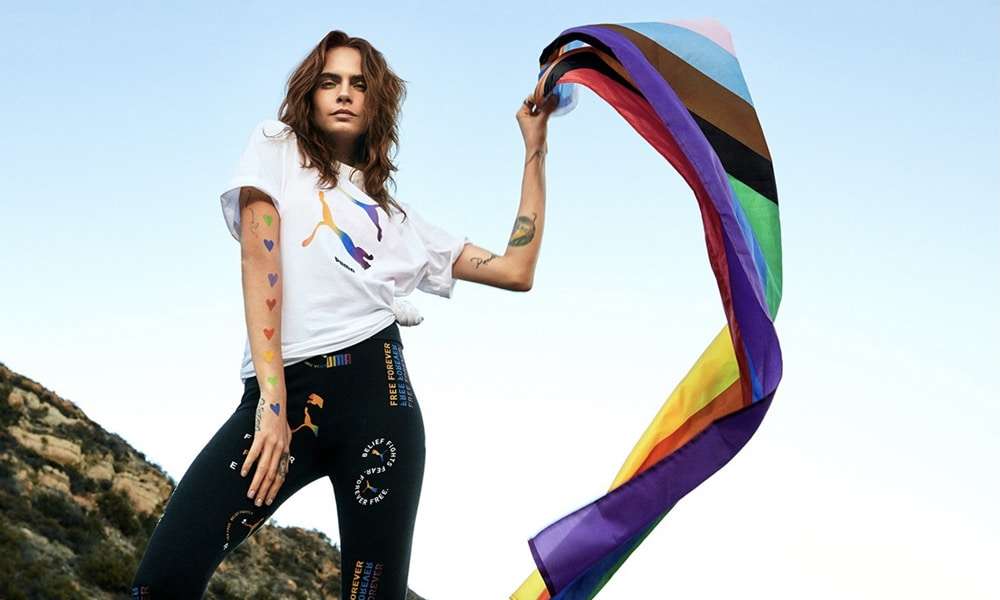Sportswear giant Puma has nabbed the top spot in the Business of Fashion’s Sustainability Index 2022, both in sportswear and overall rankings with a score of 49 out of 100 points.
With a nine-point increase over last year, German sports company Puma edged out Nike, whose score dropped by two points this year, to grab the top spot in Business of Fashion’s Sustainability Index 2022. Nike moved to second in sportswear and fifth overall.
“We welcome the recognition in the Business of Fashion (BoF) Sustainability Index 2022 and will take our leadership position as an encouragement to take the next step on our sustainability journey,” Puma CEO Bjørn Gulden said in a statement. “We agree with the conclusions that much remains to be done to bring our industry in line with the Goal of the Paris Agreement on Climate Change as well as the United Nations Sustainable Development Goals.”
Puma sustainability
Puma earned its top positions for efforts across several categories. Earlier this year it announced that it had reduced its carbon emissions between 2017 and 2021 from both its own operations by 88 percent and its supply chain by 12 percent. It purchased 100 percent renewable energy through tariffs and renewable energy attribute certificates. It also moved to all-electric cars for its fleet, incorporated more sustainable materials, and implemented efficiency improvements at its factories, the company said.

Transparency in its supply chain also played a role; Puma published its full list of Tier 1 suppliers as well as select suppliers in Tier 2 and Tier 3, the company said.
The brand also worked to reduce its wastewater—the fashion industry is a leading producer of global wastewater. It published tests for its suppliers and showed proof of improved compliance with standards for wastewater management.
Puma also put priority on workers’ rights, partnering with the Fair Labor Association and the ILO Better Work Program.
BoF Sustainability Index
BoF compiles its Index by looking at the ten biggest companies in the fashion sector by revenue across three verticals: luxury, high street, and sportswear. The companies are assessed on six criteria: emissions, transparency, water and chemicals, waste, materials, and workers’ rights. With the help of an expert cohort, BoF has established 16 targets for its scoring process. Scores are tallied based on public information available prior to December 31, 2021, with year-on-year methodology updated and condensed, the company says.
The 15 companies assessed in the 2021 Index include Adidas, Fast Retailing, Gap Inc., H&M Group, Hermès, Inditex, Kering, Levi Strauss & Co., LVMH, Nike Inc., Puma, PVH Corp., Richemont, Under Armour and VF Corp.

The 15 new companies included in the Index this year are Abercrombie & Fitch Co., American Eagle Outfitters, Anta Sports, Asics, Burberry Group, Capri Holdings, Fila Holdings Corp., HLA Group Corp., Lululemon Athletica, Next PLC, Prada Group, Ralph Lauren Corp., Skechers USA, Tapestry and Urban Outfitters Inc.
Levi’s topped the high street category with a score of 44, and Kering topped the luxury sector with a score of 47—second overall and up five points from last year. It scored 74 in transparency. Burberry, PVH, LVMH, and Ralph Lauren followed in the top five for luxury.
“For any senior executive in the fashion sector, sustainability must be front of mind,” Imran Amed, Founder and CEO of The Business of Fashion, said in a statement emailed to Ethos. “The BoF Sustainability Index by BoF Insights is designed to guide executives with urgency and action to catalyse their sustainability journey. But time is running out. We have yet to see the kind of momentum we need in order for the industry to sufficiently reduce its impact by 2030. Those who fail to act will lose credibility with employees, investors and customers alike.”
According to the Index, companies made the most progress in reducing emissions. The score is low though, only 38, but BoF says it’s the only category where the score increased even despite the addition of new companies.
The year ahead
BoF says transparency is the “cornerstone” of the Index, but on average, companies earned 35 points with nine earning 50 or higher. In water and chemicals, scores averaged at 26 with little movement over last year. The materials category saw an average score of 25—a score BoF says reflects the fact that widespread adoption of materials certified to have a lesser impact than conventional alternatives “have yet to shift towards more ambitious efforts to overhaul raw materials supply chains.”
Workers’ rights also saw low scores, with an average of 25 and nearly 66 percent of companies scoring below 30 points.
BoF says that despite public awareness and interest in circularity, waste continues to be the lowest performer, with companies’ scores averaged at 19 here.

“Despite greater emphasis on sustainability in the fashion industry, we can see real change is incremental,” Sarah Kent, BoF’s Chief Sustainability Correspondent, said. “The Index highlights that while we are seeing improvements in certain areas, overall progress is too slow to mitigate the harmful impact the fashion industry has on people and the planet. We are now at a critical point, with less than ten years to go until 2030, for the industry to show real commitment to transform or risk remaining exposed as one of the most polluting industries in the world.”
Anta, Skechers, and Fila Holdings received the lowest scores in sportswear and ranked in the five weakest performers in the complete Index with overall scores that did not exceed ten points, BoF says. Anta’s overall score is 4, while Fila Holdings and Skechers both score an overall average of 7 points.
BoF is calling for the industry to make shifts, highlighting five priorities: increase regulations—efforts are underway in the U.S., but it says E.U. is “leading the charge.” It’s also calling for action to mitigate greenwashing via self-reporting on achievements. “Urgent action is needed to prevent a crisis of credibility and address shortcomings as regulators and consumers become more critical of inflated claims,” BoF says. BoF is also recommending a reassessment of sourcing, especially as it relates to workers’ rights, as well as greater supply chain visibility and transparency around funding and strategies to tackle the industry’s biggest challenges.
The BoF Sustainability Index 2022 shows “wider industry inaction,” as the 2030 milestone for sustainability goals nears.
“With just eight years left to reach targets, the results are stark,” BoF says. “[P]erformance in almost every impact category has worsened as incremental progress among the original cohort of 15 companies assessed last year was eclipsed by inaction across many of the new additions.”


